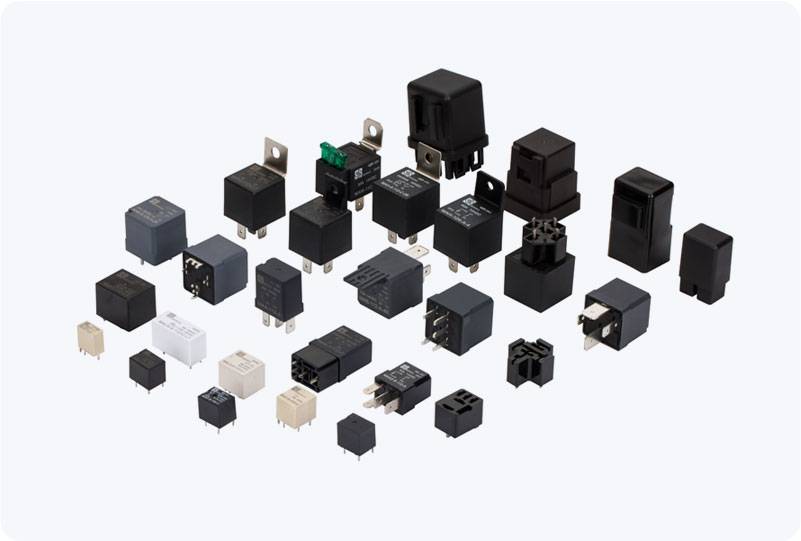understanding overload protection relay: a key to electrical safety and efficiency
Release time:2025-11-20 16:17:19
In any electrical system, the need for protection against overloads is paramount to ensuring the safety and longevity of both the system and its components. An Overload Protection Relay plays a crucial role in this regard. By detecting excess current, these relays prevent overheating and potential damage to electrical equipment, thus safeguarding both the assets and the individuals working with them. This article will explore the working principle, applications, and types of overload protection relays, shedding light on their importance in various industries.

What is an Overload Protection Relay?
An overload protection relay is a device used in electrical systems to protect motors, transformers, and other electrical equipment from damage caused by excessive current. These relays monitor the current flowing through the system and trigger a shutdown if the current exceeds a pre-set limit for a specific duration. This protective action prevents the equipment from overheating, burning out, or even causing electrical fires.
Overload protection relays are often used in combination with circuit breakers or fuses, though they operate in different ways. While a fuse or breaker disconnects the circuit instantly when an overload is detected, an overload relay typically allows a time delay before acting, which helps prevent unnecessary interruptions due to temporary surges in current.

